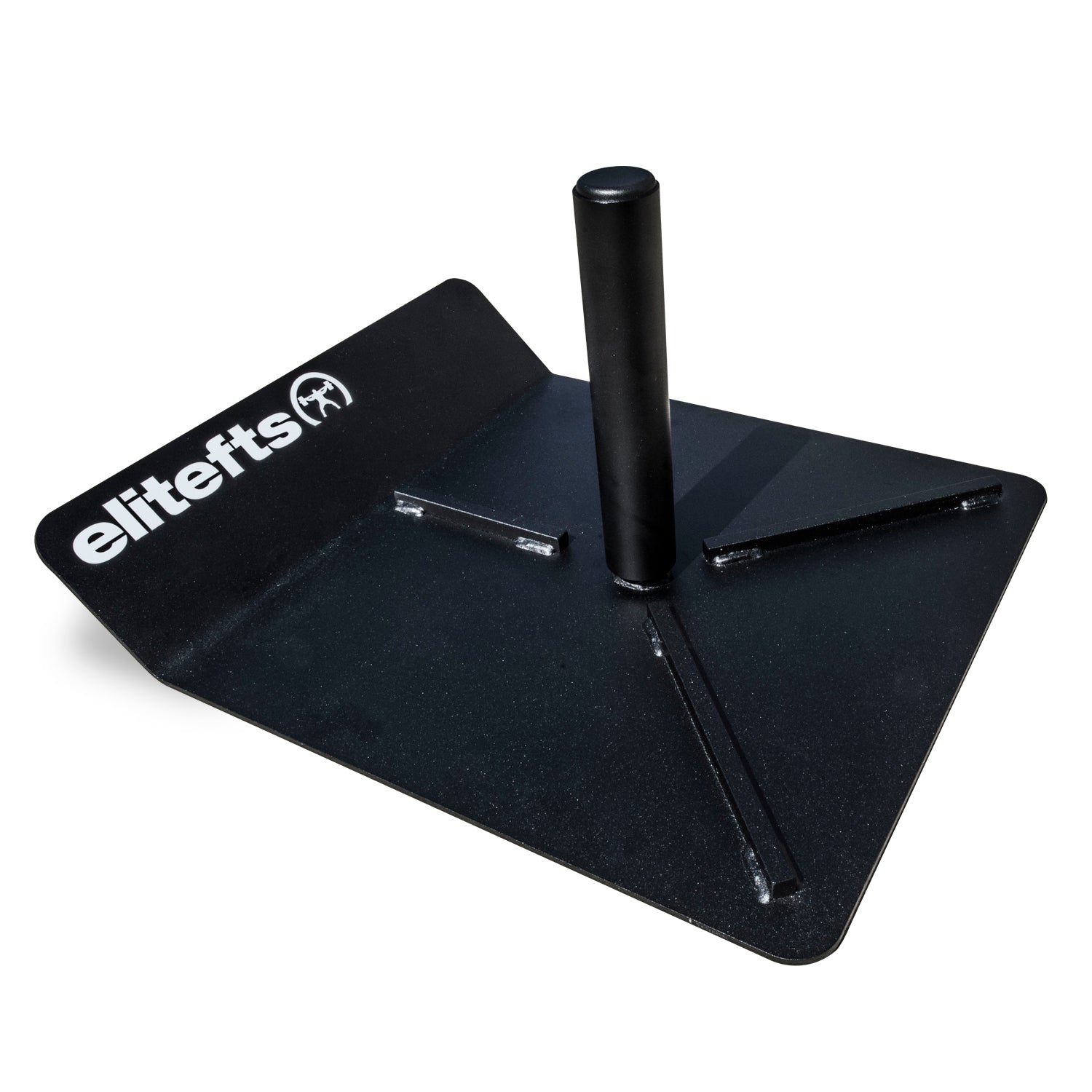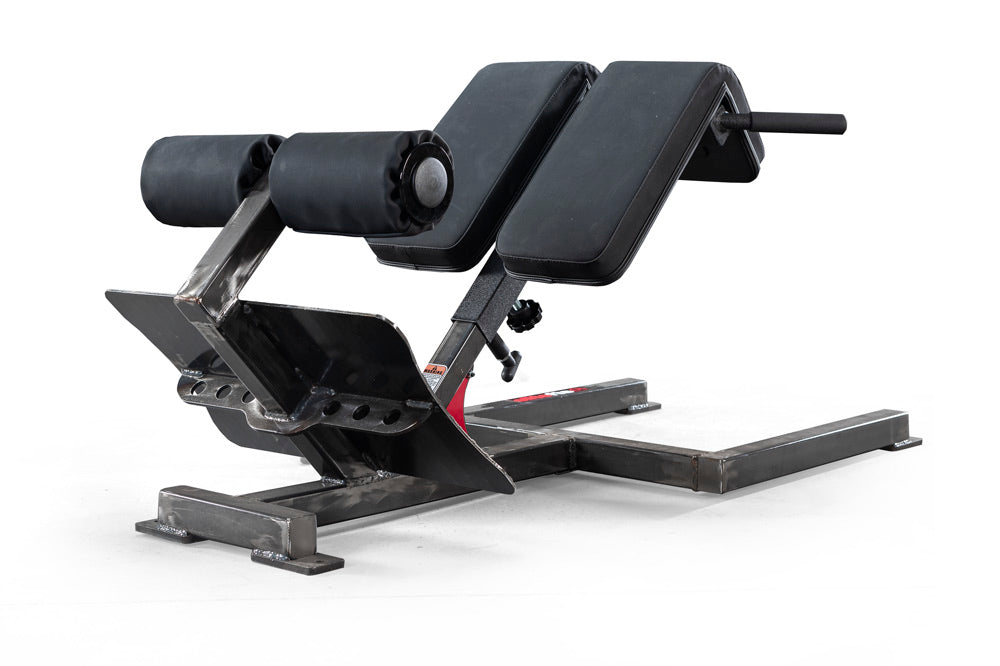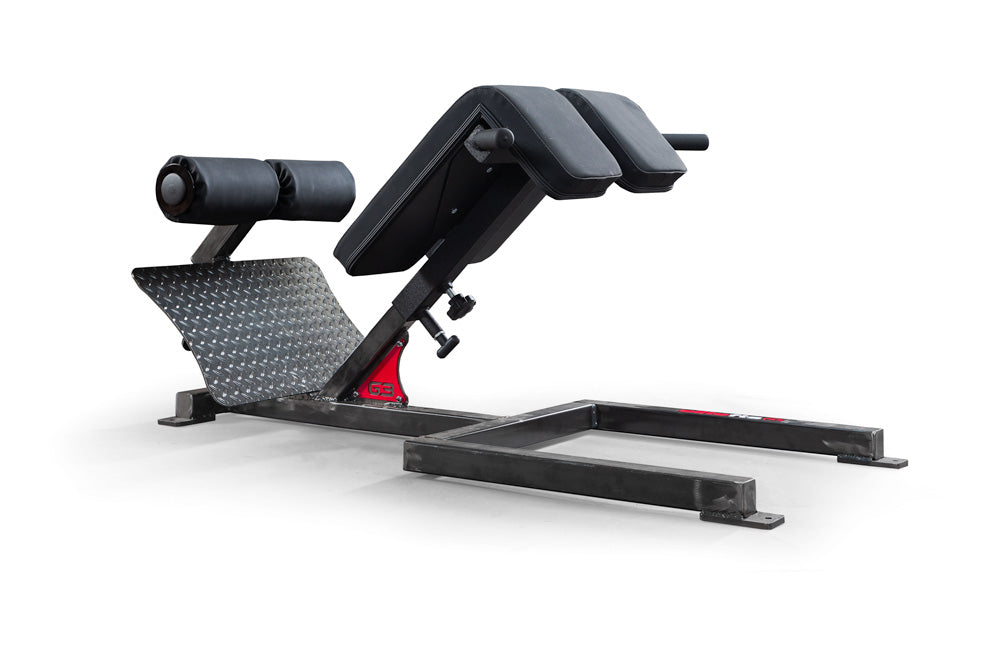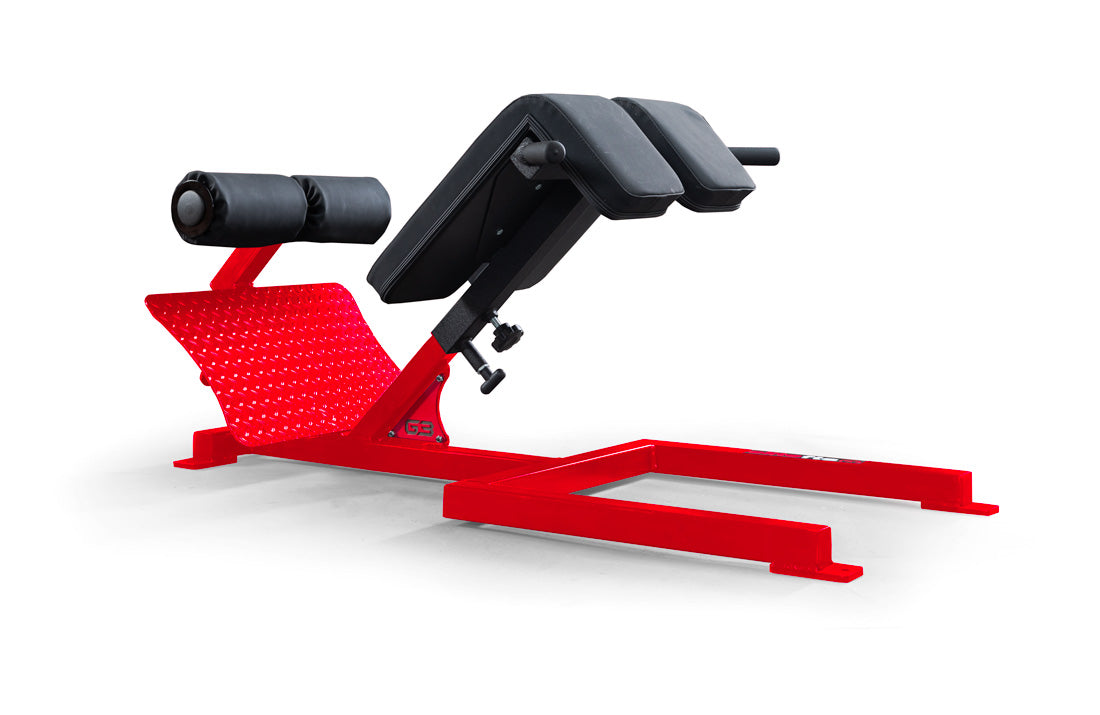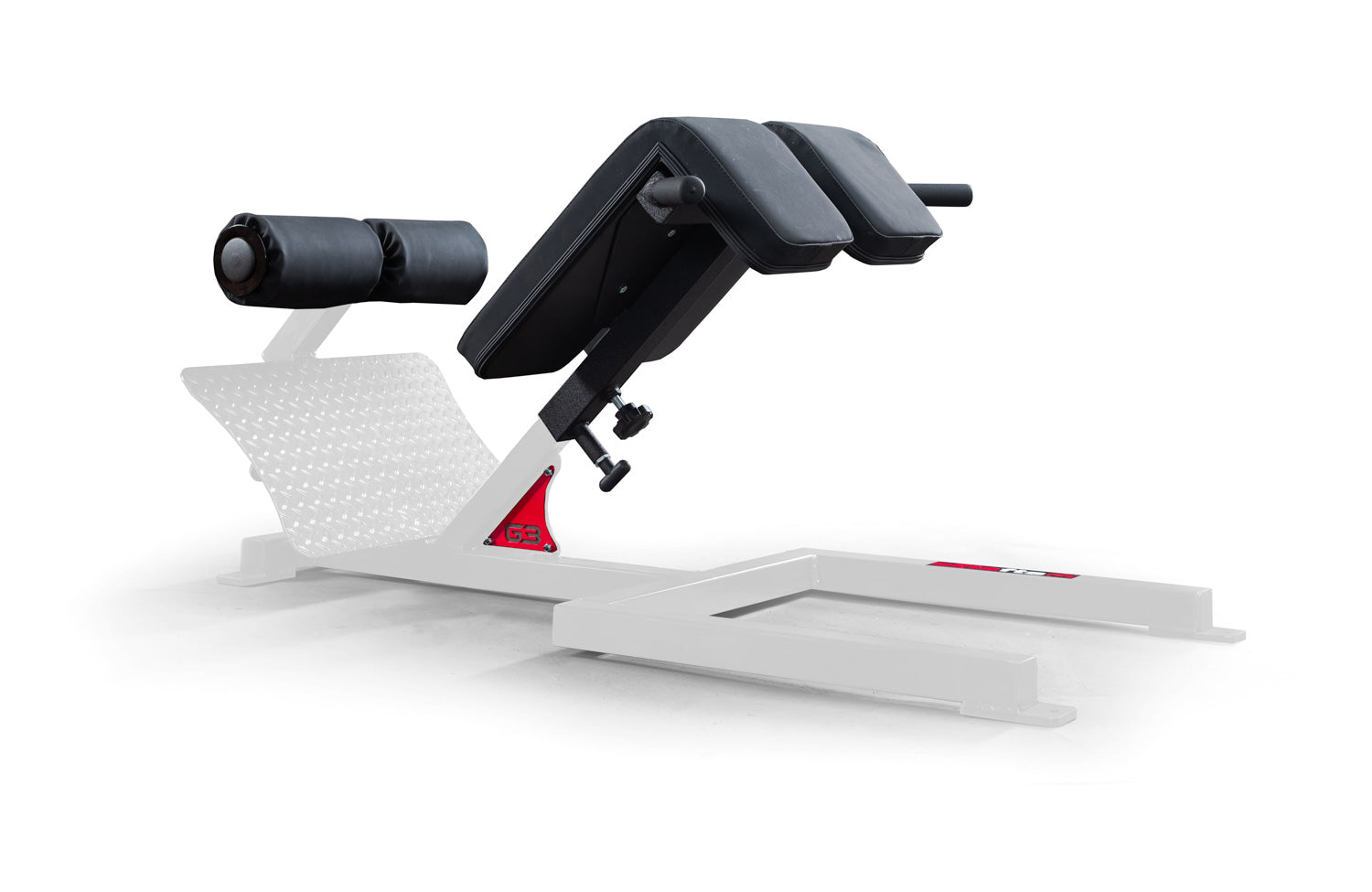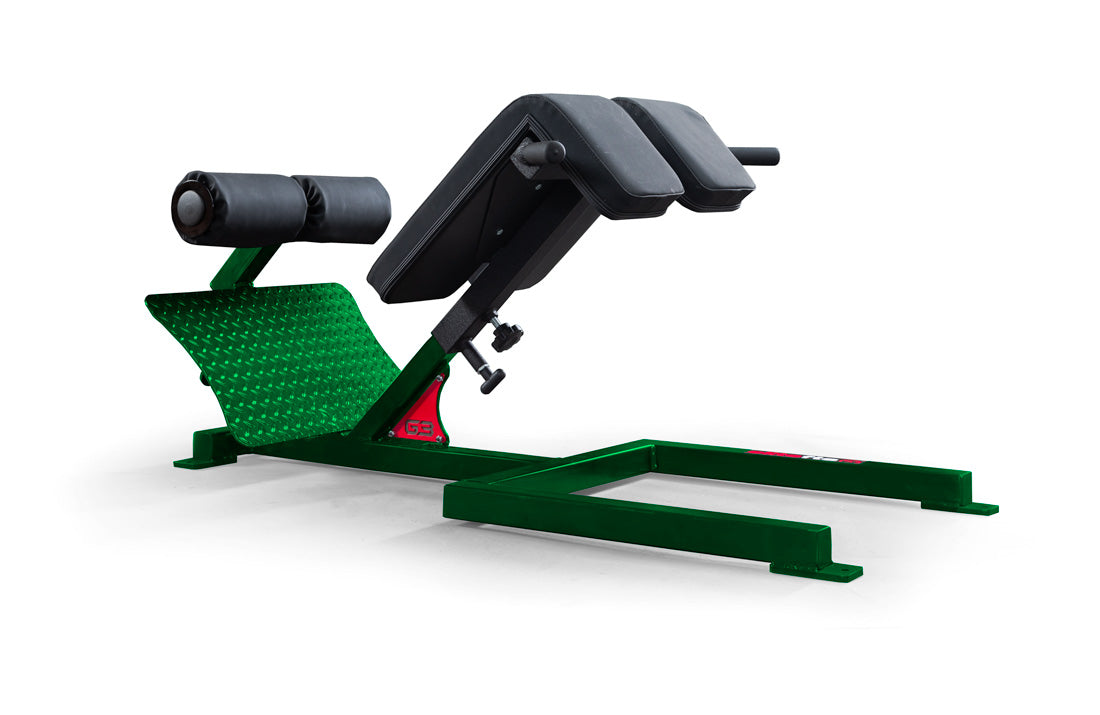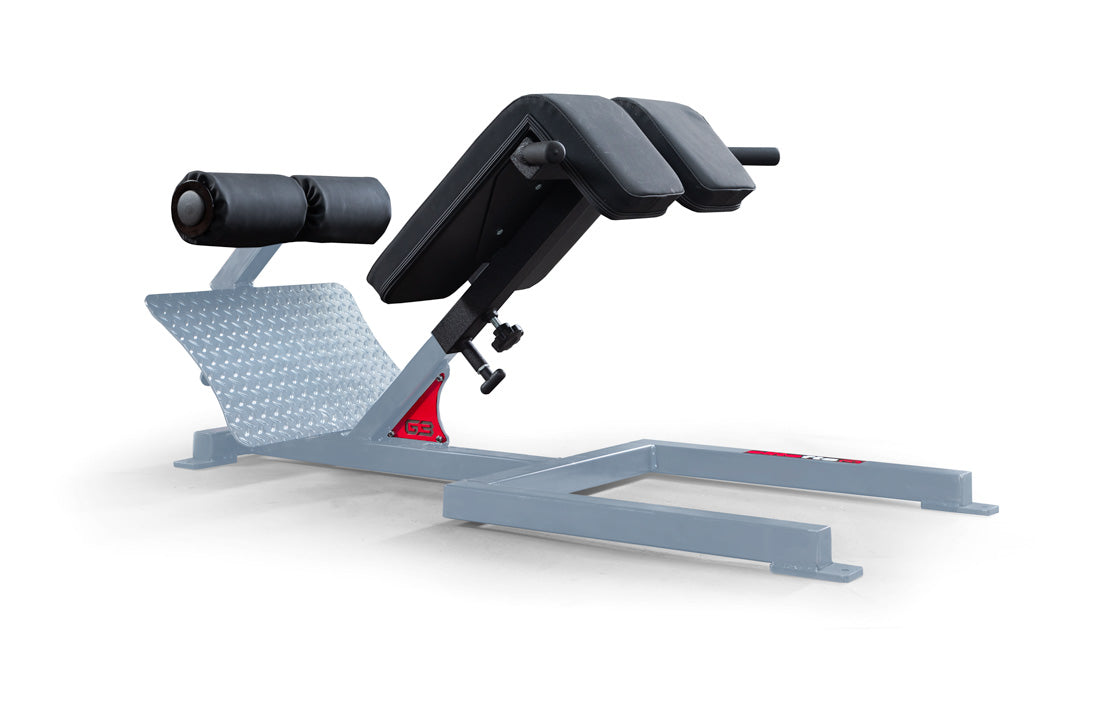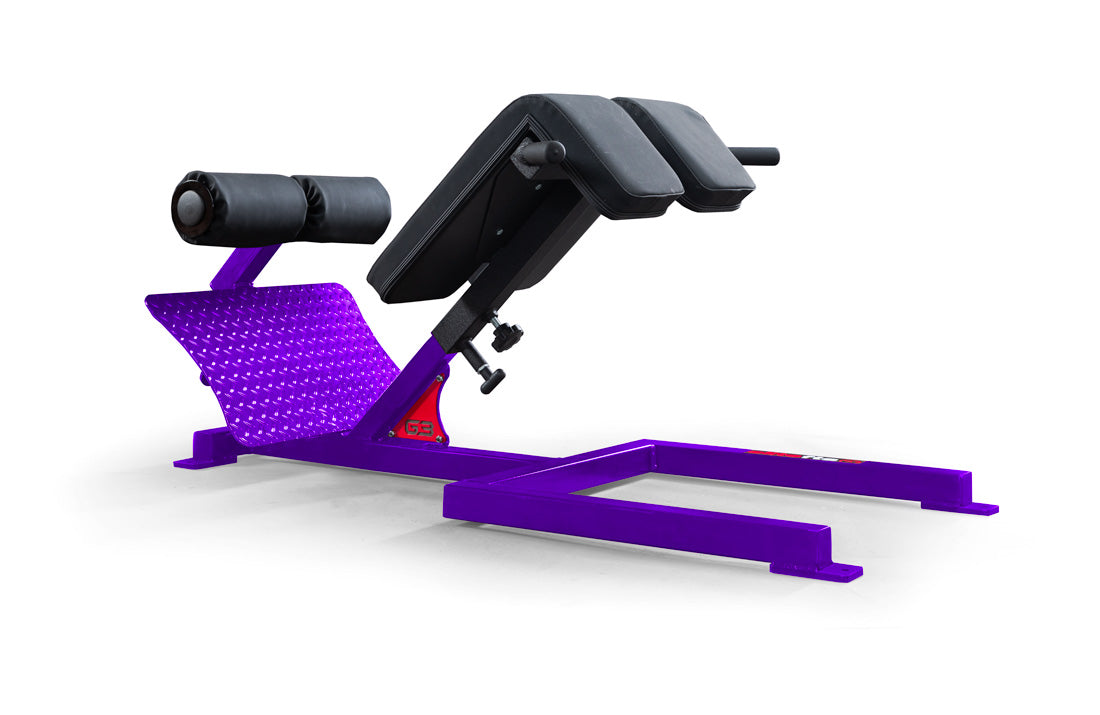
Tracking macros might sound like a new concept or something that is a
popular fad of sorts, but the practice of following a macro-based nutrition plan has been around for quite some time. For years, bodybuilders have been doing this in some capacity when prepping for shows and in their off-seasons, to reach their goals. Currently, this style of eating has been creeping into the mainstream population as a way to help them reach their goals as well. Because of this, I really wanted to dive into what exactly tracking macros is, how to do it effectively, and for whom it could be appropriate. But first, let’s briefly talk about what macronutrients are, and how they can play a role in facilitating your goals.
What Are Macronutrients?
There are three macronutrients (four, if you include alcohol) that our body can use for energy and that contain caloric value. They are carbohydrates, fats, protein, and like I said, technically, alcohol. All are metabolized differently in the body and contain various amounts of calories per gram.RECENT: Tempo Training Exercises for Glute Development
Calories per Gram
- Carbohydrates: 4 calories per gram
- Protein: 4 calories per gram
- Fats: 9 calories per gram
- Alcohol: 7 calories per gram
Why is Tracking Macros Popular?
Tracking macros is popular mainly because it allows for two specific attributes to take place: Measurement and flexibility. First, it allows you to measure your caloric intake more effectively, which allows you to manage the outcome of that intake. When it comes to goals, if you can’t measure them, you can’t manage them. Macro tracking puts a very quantitative twist on goal setting. Second, it allows for your nutrition to be flexible, which is also termed, flexible dieting. We will dive into flexible dieting and exactly what that is later in this article.
Nadia Borovenko ©
123rf.com
How Do You Track Macros?
It really is quite simple with all of the resources and information we have today! Every packaged food has a nutrition facts label, and produce nutrition facts can be found quickly with a Google search. To make a simple example, say your macro goals for the day are:- Protein: 150 grams
- Carbs: 210 grams
- Fats: 50 grams

Once you have your macros plugged in and the meals you would like, you are ready to rock! You can design your macros to fluctuate or change depending on if you are working out that day or if it is a rest day. You can also program in off meals or refeed protocols. Again, like I said, as long as you can measure it, you can manage it any way you please depending on how you respond and what you are looking to achieve. If you don’t like tracking your food through Excel or would rather use an app like
MyFitnessPal or
MyMacros, you absolutely can. For example, if I tracked Meal 3 in MyFitnessPal, this is what it would look like through the app:


You can see each food added with the serving and calories, and in the nutrition section of the app, you can see those macro grams for that meal. I personally like to ignore the goal recommendations from MyFitnessPal and simply use it as a tracking tool. Also remember that in any app, some food nutrition facts might be off. Within my Excel sheets, I take nutrition facts straight off the labels, but in apps like MyFitnessPal, they can be off by a few grams. Just be consistent with any method of tracking you choose. Now that you have learned what macro tracking is all about and how to do it, let’s talk about how to measure food. This is where I see a lot of folks slip up. How you measure your food is going to depend on your goals, mostly. If you are simply trying to lose some body fat or just get healthier, measuring food by volume (i.e., one cup of veggies, one tablespoon of almond butter, etc.) may be appropriate. However, if you are getting ready for a bodybuilding show, I recommend measuring pretty much everything by weight in grams (i.e., 100 grams of strawberries, 105 grams of chicken, etc.) The more specific your measurement is, the more on target you are going to be. Also be mindful of raw weight versus cooked weight. There is a difference between measuring four ounces of raw steak versus four ounces of cooked steak. When we cook meat, it loses water from the muscle tissue, and it is relatively significant so you need to understand that. If you want to be extremely picky, what you can do is measure your protein raw, cook it, and then measure it again once it’s cooked to calculate the amount of water weight lost. Then you can divide your portion sizes out even more specifically. That is pulling hairs, but for some, such as bodybuilders, that amount of detail is usually necessary. Regardless of which method you choose, just be consistent each time to avoid an added variable of error. But for most goals, “eyeballing” your food is a really bad idea if you have never tracked macros before. People tend to underestimate the calories of various portion sizes; so regardless of your goal, measuring your food to some degree is required.
What is Flexible Dieting?
Let’s dive into flexible dieting here for a second. As you see above, this plan is meal-by-meal-based, along with the macros/calories given for each meal and food choice. So does that mean you have to eat the same thing every day? Not at all! Now that you have a good idea of how your meals should look throughout the day, you can swap out meals or foods as long as the foods you choose fit your daily macro allotment. That is what we call flexible dieting.
Brent Hofacker ©
123rf.com
Other Aspects of Tracking Macros to Consider
Track your fiber content in your total carbohydrate macro allotment. Some folks who track macros will only track NET carbohydrates. NET carbohydrates are your carb totals for the day minus fiber. The thought process behind this: Fiber doesn’t contain calories, so some remove it from their total. However, soluble fiber does contain calories. And since labels only account for dietary fiber (not the insoluble vs. soluble totals), we cannot assume all fiber is void of calories. It is a better option to play it safe and count fiber in your total carb macro amount.READ MORE: The Basics of a Diet Break
Macros within themselves are not created equal. What I mean by this is all macros have variances within themselves. For example, saturated fat is different than unsaturated fat and should be consumed in different amounts. Fiber and sugar are both carbohydrates but act very differently on the body, and again, should be consumed in different amounts. Plant protein is incomplete, while animal protein is considered whole in terms of amino acid profile. So while you may hit your macros for the day, if you don’t educate yourself on these nuances, you may run into issues reaching your goals or with your health in general. If you do not have a strong grasp on these concepts, I highly recommend hiring a sports nutrition professional or dietician to help you. I hope this article better explains macro tracking and how it can be implemented and useful. In Part 2 of this article series, I will discuss where to start if macro tracking is new to you, how to distribute macronutrients for your goals, and more specific details of macro tracking.
Header photo courtesy of gstockstudio © 123rf.com














